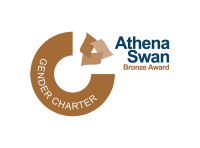Fordwich has been revealed to be the oldest directly-dated Acheulean occurrence in the United Kingdom, with artefacts dating from 560,000 to 620,000 years ago (MIS 15). This makes it the second oldest Acheulean site in north-west Europe, and the oldest to display a known handaxe assemblage numbering into the hundreds. The site is technologically diverse, with flakes, cores, handaxes, scrapers and retouched implements identified. This makes Fordwich a unique archaeological occurrence in northern Europe.
